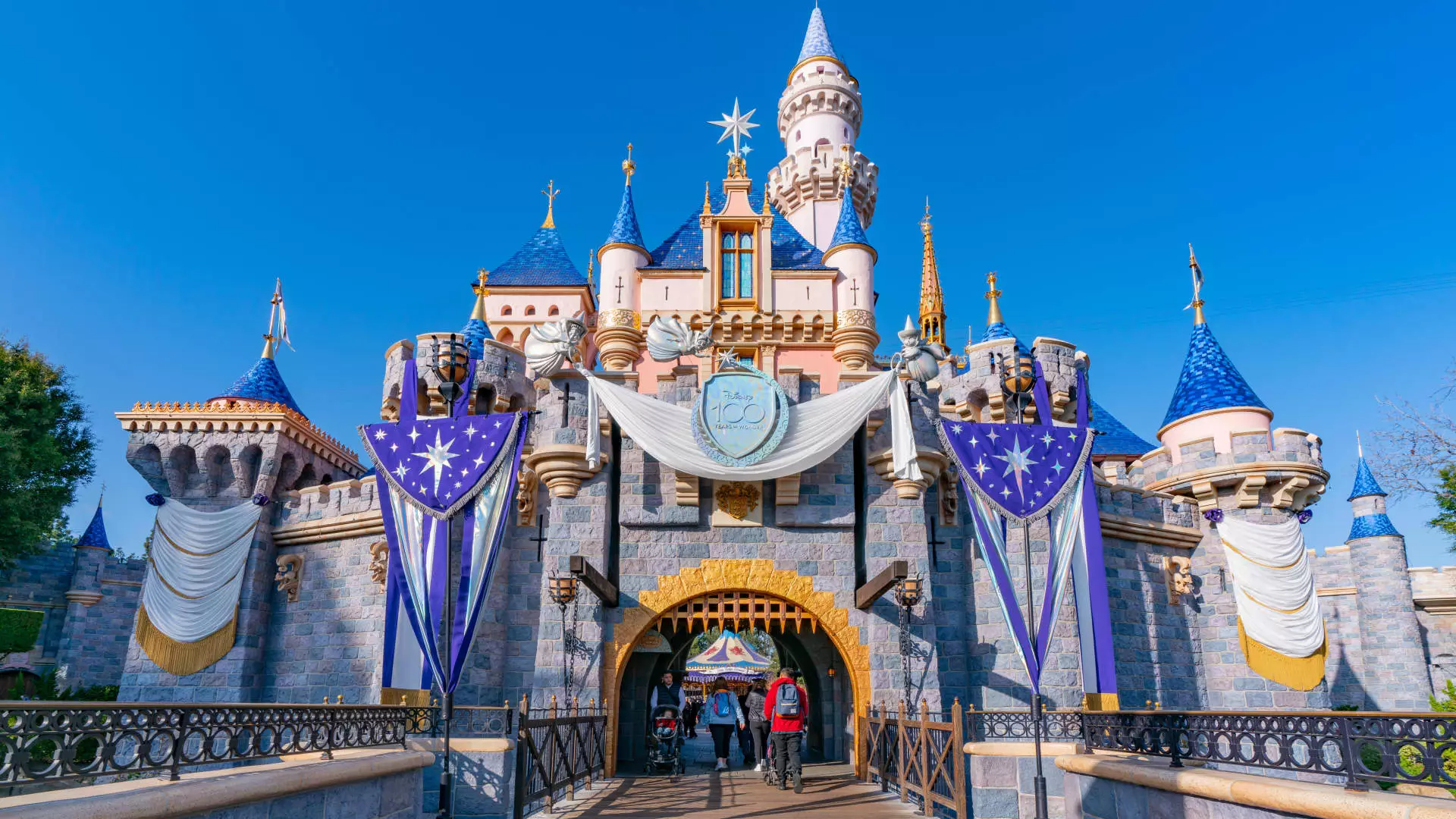Disneyland has long been a cherished destination for families and tourists alike, but recent announcements regarding ticket price increases have left many pondering the sustainability of such beloved experiences. While the entry-level ticket remains at $104—a price that has not changed in six years—other ticket tiers will see a hike of between $7 and $12, translating to a 5.9% to 6.5% increase. This adjustment reflects a broader pattern within the Walt Disney Company, which appears to be navigating rising operational costs and shifting consumer demands.
As Disneyland reconfigures its pricing, it mirrors a strategy used by many service-based industries, including airlines and hotels: demand-based pricing. This model adjusts ticket prices based on visitor demand, resulting in increased costs during peak times—holidays and school vacations are often the most expensive periods to visit. Conversely, the park offers family-friendly prices during off-peak months, such as the $308 package for a family of four—showcasing an effort to remain accessible despite the heightened base prices during peak times.
Jessica Good, a spokesperson for Disneyland Resort, emphasized the park’s commitment to providing varied ticket, dining, and hotel options. This statement suggests that Disneyland is balancing its profit margins with a responsibility to accommodate families with different budgets. However, the yet-to-be-seen long-term effects of these price hikes on visitor attendance remain a crucial variable.
Magnitude of Price Increases Across Different Tiers
Significantly, the Magic Key annual pass will also see price increases ranging from 6% to 20%. In terms of tangible figures, this translates to increases of $100 to $125, depending on the pass type. For instance, the Imagine tier will jump to $599—a significant jump for families who rely on these passes for regular visits. The top-tier Inspire pass will now cost $1,749, which raises questions about accessibility for average families wanting to experience the magic of Disneyland.
The tiered ticket system adds another layer of complexity. With seven tiers, from Tier 0 (the lowest demand ticket at $104) to Tier 6 (the highest demand ticket at $206), visitors are faced with a challenging decision-making process. This effect echoes the stratification seen in various leisure industries, where peak pricing can discourage certain demographics from participating altogether.
Despite the rising costs, Disneyland has committed to promotional efforts intended to alleviate some financial burdens. Recently, the park announced a $50 kids ticket offer available starting October 22, valid from January 7. Such initiatives highlight the park’s acknowledgement of its varied clientele, but they also raise questions about whether these efforts can counteract the detrimental effects of price increases.
Furthermore, available hotel promotions that offer savings of up to 20% starting in January are part of Disneyland’s attempts to maintain family-focused accessibility. However, the effectiveness of these promotions in light of steep price hikes remains to be seen. Can promotional offers genuinely offset the broader trend of rising costs?
Disneyland’s latest price changes will surely invite scrutiny from current and potential visitors, particularly those who already view the Walt Disney Company as expensive. The broader conversation around affordability and accessibility in the amusement park sector prompts reflection on what constitutes value in the context of family entertainment. As the narratives around Disney evolve, how families prioritize spending will significantly impact Disneyland’s market position moving forward.
Moreover, while Disney World in Orlando has not announced any similar price changes, the comparison serves to heighten expectations among Disneyland visitors. The state of affordability across Disney’s various parks might influence family decisions about where to spend their vacations.
The road ahead for Disneyland is marked by higher prices, but also an essential conversation about consumer priorities and overall value. Amid rising operational costs and increased consumer expectation, Disneyland must navigate its position with acute sensitivity to its core audience. As ticket prices rise, how the park balances profitability with family accessibility will play a critical role in shaping its future.


Leave a Reply